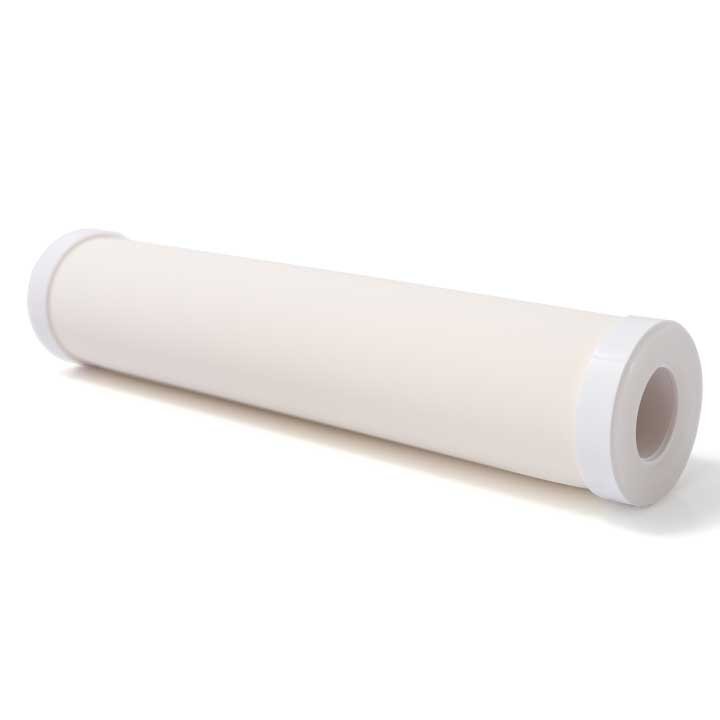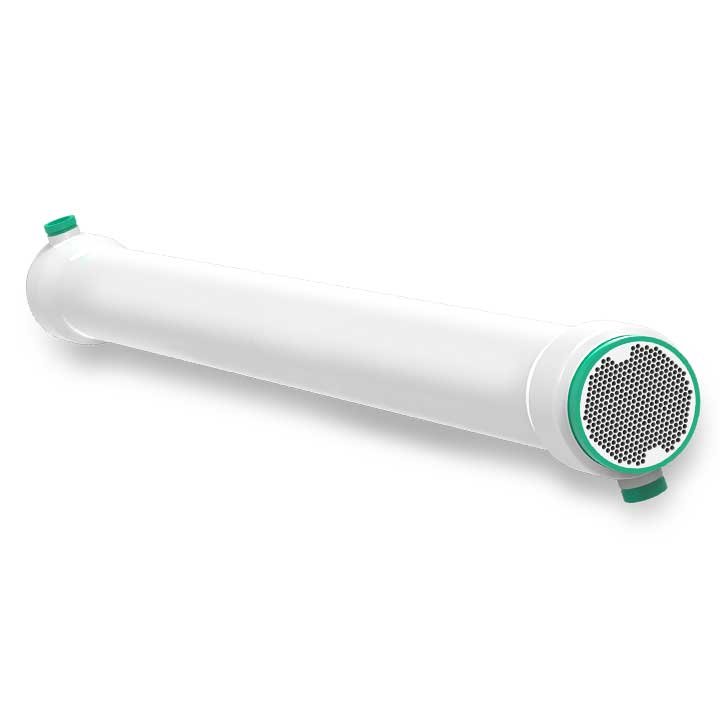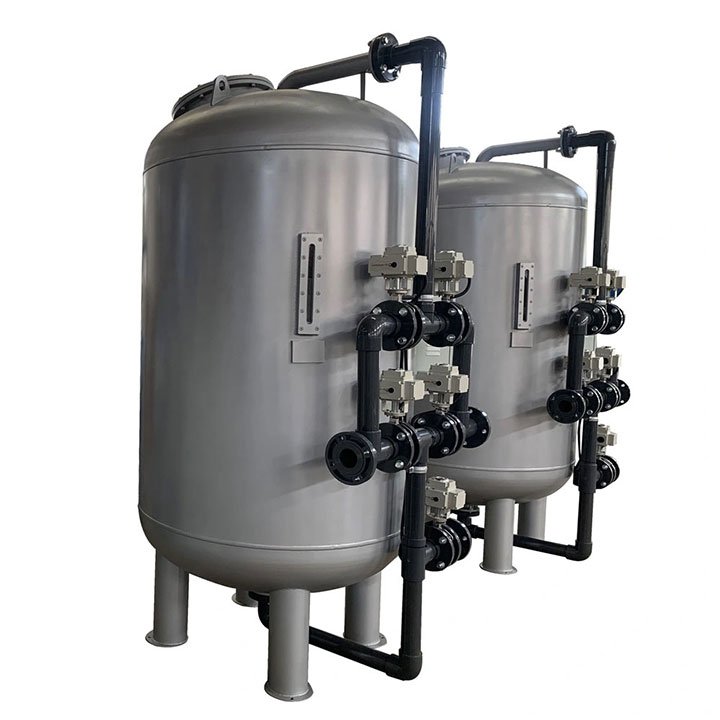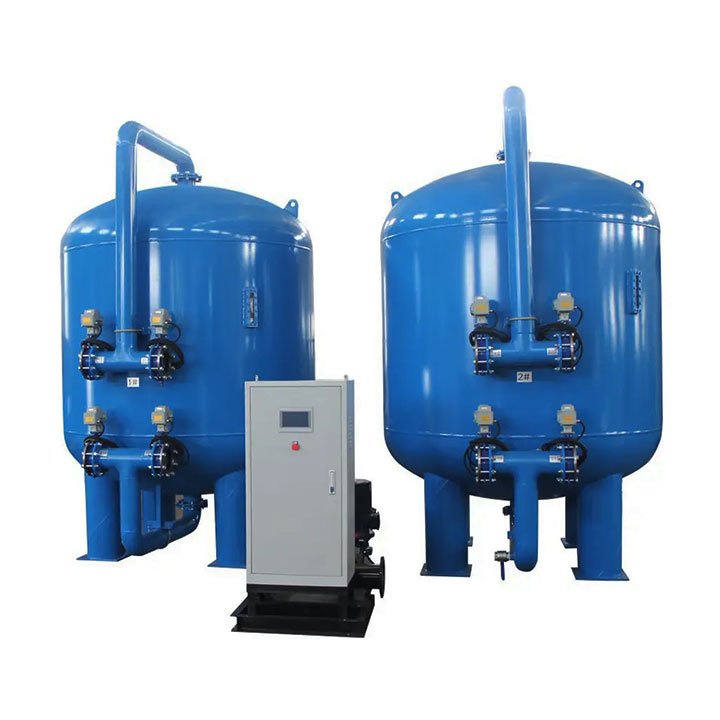Water and Wastewater Pre-Treatment Process
Pre-treatment serves as a pivotal initial phase in water and wastewater treatment. At Zirsakht Tadbir Arian (ZETA) Company, we employ pre-treatment techniques to effectively eliminate impurities, solids, particles, and organisms from wastewater, thus guaranteeing the attainment of the desired water quality. This proactive approach is integral in shielding water quality from the influence of various factors, including seasonal fluctuations, industrial contaminants, and adverse weather conditions. Our primary objectives in implementing pre-treatment methods are as follows:
Helps to have a continuous and reliable water flow
Increases the lifespan of reverse osmosis membranes used in later stages
Ensures standard quality of water sent to reverse osmosis or electrodeionization process
Increases the life cycle of general treatment plant processes and thus helps reduce final costs
In Zirsakht Tadbir Arian (ZETA), our pre-treatment processes fall into two distinct categories, each tailored to address specific types, methods, or materials to be removed in the final treatment phase:
Chemical Water Treatment Process
Softening Silica Removal
At Zirsakht Tadbir Arian (ZETA) Company, we provide chemical water treatment processes that encompass softening and silica removal. The process of softening followed by silica separation is a widely adopted method for efficiently eliminating silica from effluent streams, and it is a method we utilize to ensure optimal water quality.
Physical Water Treatment Process
Filtration
At Zirsakht Tadbir Arian Company, we employ state-of-the-art equipment to effectively eliminate water contaminants through the implementation of physical treatment methods. Our physical treatment approach includes various filtration techniques, such as sand filters and activated carbon filters. Additionally, we utilize advanced ultrafiltration (UF) methods with various types of membranes, which can be applied for direct filtration or used in side stream processes like membrane bioreactors (MBR). These cutting-edge technologies ensure the efficient removal of contaminants and the provision of high-quality water.
Ultrafiltration Methods:

Ceramic Membrane

Hollow Fiber Membrane

Tubular Membrane
Filtration Methods:

Active Carbon

Sand Filter
Single Service
Downloads
Lorem ipsum dolor sit amet, consectetur adipiscing elit. Ut elit tellus, luctus nec ullamcorper mattis, pulvinar dapibus leo. Lorem ipsum dolor sit amet, consectetur adipiscing elit.
- Download bochure (DOC)
- Download bochure (PDF)
- Rules about service apply generally
- Users manual
